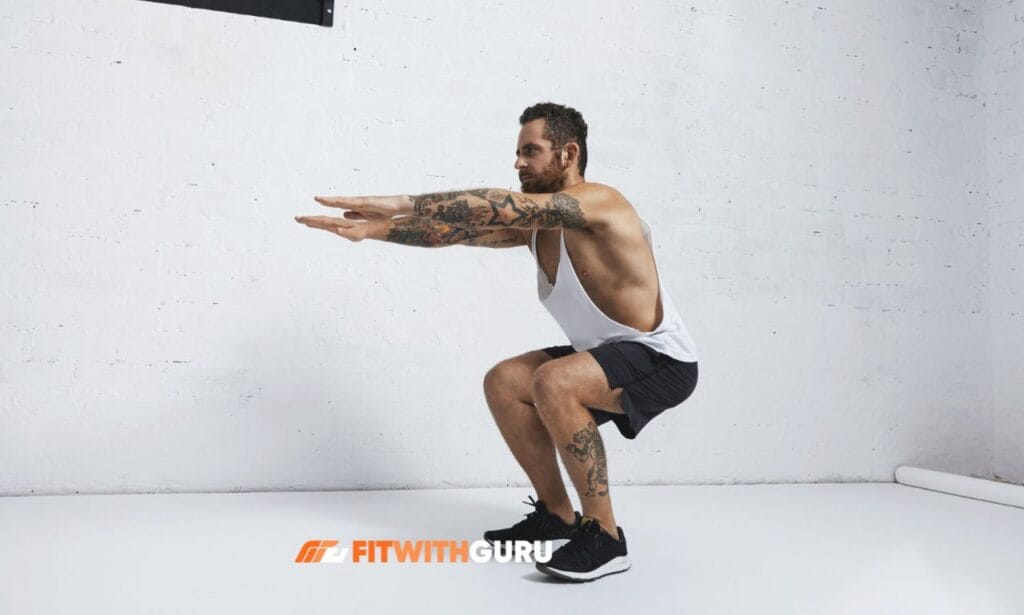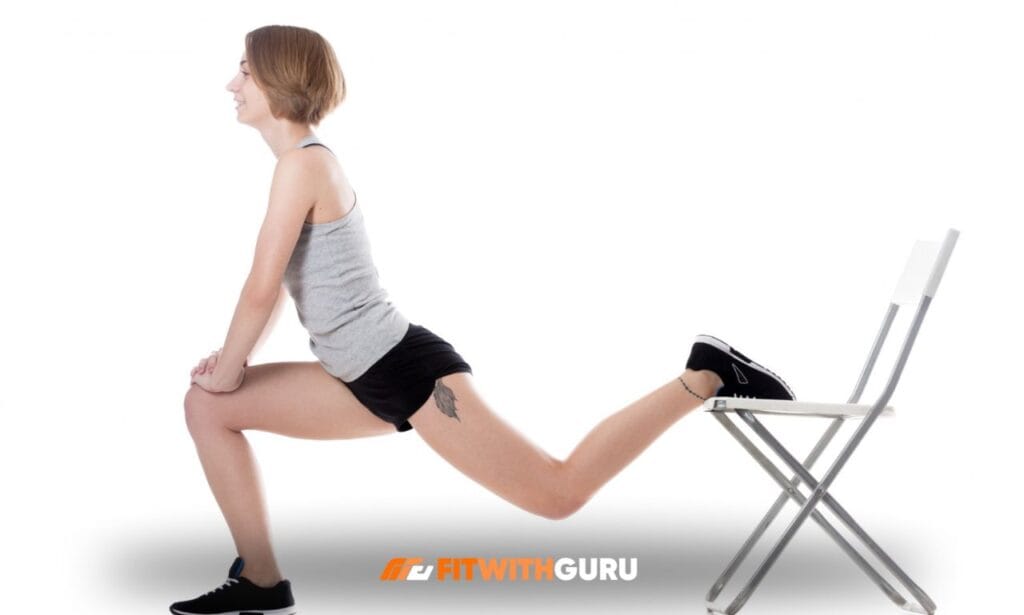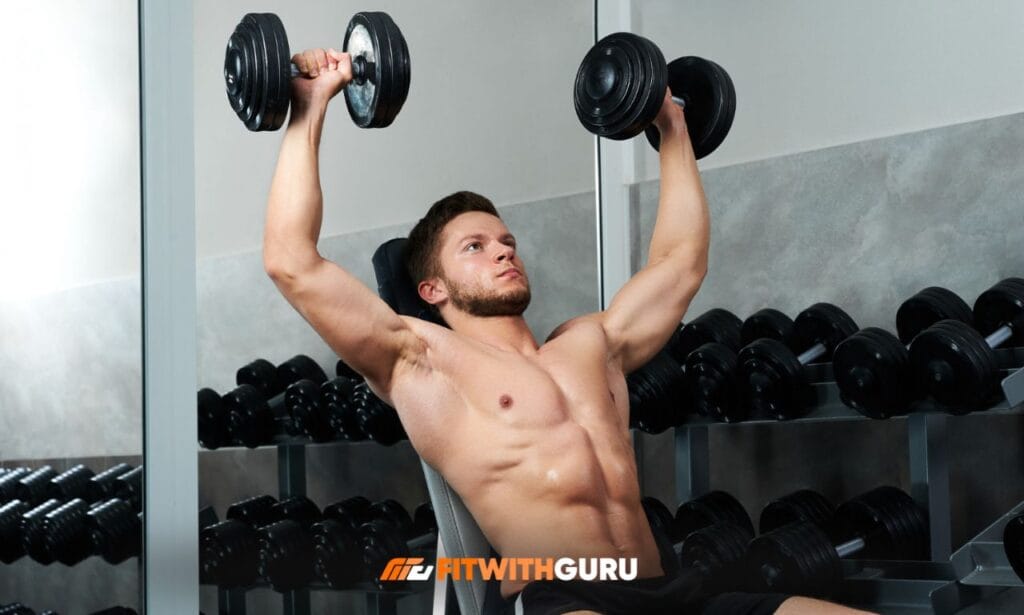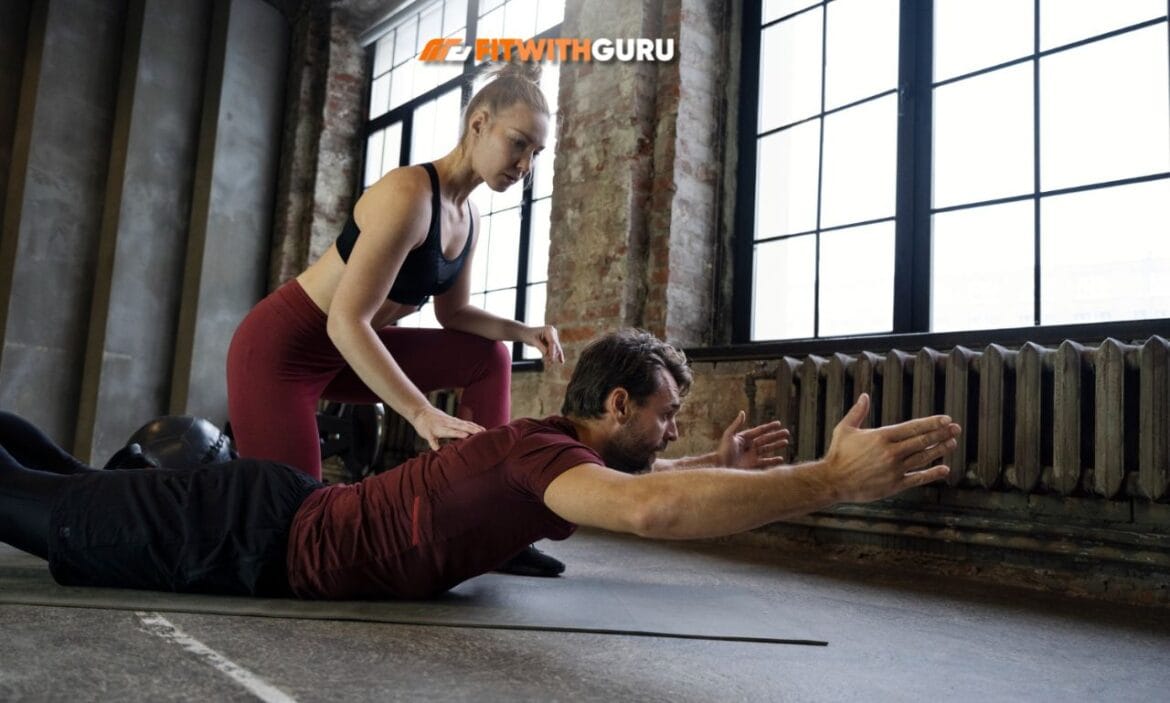Low impact strength training is a great way to build muscle, improve endurance, and stay fit without putting excessive strain on your joints. For beginners, this approach is especially beneficial since it allows you to focus on proper form and technique while minimizing the risk of injury.
If you’re new to strength training or want to avoid the stress on your joints from high-impact exercises, low impact strength training could be the perfect option for you.
What Is Low Impact Strength Training?
Low impact strength training is a type of workout that emphasizes controlled, steady movements, avoiding exercises that place high amounts of stress on your joints. Unlike high-impact exercises such as running, jumping, or certain explosive movements.
Movements used in low impact workouts usually keep one foot (or a portion of the body) on the ground at all times. This makes it an excellent choice for people who are recovering from injuries, older adults, or beginners who are just starting to incorporate strength training into their routines.
Why Choose Low Impact Strength Training?
There are several reasons to choose low impact strength training over more intense, high-impact alternatives. Some of the main benefits include:
- Reduced Risk of Injury: Because the exercises don’t involve sudden jumps or fast, high-intensity movements, the risk of joint strain and injury is significantly lower.
- Joint-Friendly: For individuals with existing joint issues, such as arthritis or previous injuries, low impact strength training allows them to stay active without causing discomfort or exacerbating pain.
- Scalability: These exercises can be easily scaled to accommodate your fitness level. Whether you’re a complete beginner or someone getting back into strength training after a break, low impact exercises are adaptable and can be modified over time to increase intensity.
- Improved Mobility and Flexibility: Many low-impact exercises focus on controlled movements that also engage and stretch muscles, contributing to improved overall flexibility and mobility.
Is Low Impact Strength Training Effective?
The short answer: Yes, it’s incredibly effective. While low impact strength training might seem less intense compared to high-impact activities, it can lead to significant improvements in strength, muscle tone, and endurance.
The key lies in the consistency of the exercises, proper form, and gradually increasing resistance or repetitions as your fitness level improves.
Since low impact exercises are often slower and more deliberate, they allow you to focus on muscle engagement and technique. This emphasis on form can help prevent injuries, maximize results, and contribute to long-term fitness gains.
15 Best Low Impact Strength Training Exercises for Beginners
If you’re ready to start your low-impact strength training journey, these 15 exercises are perfect for beginners. They are easy to learn, require minimal equipment, and can be performed at home or in the gym.
1. Bodyweight Squats
Bodyweight squats are a fundamental exercise that targets your lower body, specifically the quadriceps, hamstrings, and glutes. They are simple but effective for building strength and improving leg endurance.

How to Perform:
- Stand with your feet shoulder-width apart.
- Lower your body as if you’re sitting down into a chair, keeping your chest upright.
- Make sure your knees don’t extend past your toes.
- To get back to the beginning position, push through your heels.
2. Glute Bridges
Glute bridges are great for strengthening your glutes, hamstrings, and core without putting strain on the lower back.
How to Perform:
- With your feet flat on the floor and your knees bent, lie on your back.
- Push through your heels to lift your hips, squeezing your glutes at the top.
- Hold for a moment before slowly lowering your hips back down.
3. Dumbbell Deadlifts
Dumbbell deadlifts are a low-impact alternative to traditional deadlifts. They focus on your hamstrings, glutes, and lower back.
How to Perform:
- Stand with your feet shoulder-width apart and hold a dumbbell in each hand.
- Lower the weights toward the floor while maintaining a steady position.
- A little bend in your knees and a hip hinge.
4. Wall Push-Ups
With little strain on the wrists and shoulders, wall push-ups are an excellent method to strengthen the triceps, shoulders, and chest.
How to Perform:
- Stand facing a wall at arm’s length.
- Your hands should be somewhat broader than shoulder-width apart when you place them on the wall.
- Bend your elbows to lower your body toward the wall, then push yourself back up to the beginning position.
5. Resistance Band Rows
Resistance band rows are excellent for strengthening your back and arms. Depending on how much tension is produced or how long the band is, the resistance can be changed.
How to Perform:
- Secure a resistance band to a door or sturdy object.
- With both hands, grasp the band with the palms facing inside.
- Step back to create tension, then pull the band towards you while squeezing your shoulder blades together.
- Slowly return to the starting position.
6. Step-Ups
Step-ups are simple but effective for strengthening your legs and glutes, requiring only a bench or sturdy step.
How to Perform:
- Stand facing a bench or step.
- To raise your body, push through your heel as you place one foot onto the platform.
- Step down and repeat with the opposite leg.
7. Seated Leg Extensions
Seated leg extensions are great for isolating the quadriceps without putting strain on the knees.

How to Perform:
- Sit on a bench or chair with your feet flat on the floor.
- Extend one leg out straight, then lower it back down.
- Alternate between legs.
8. Modified Planks
Modified planks are an excellent way to build core strength while reducing the load on your wrists and shoulders.
How to Perform:
- Start by placing your knees on the floor in a tabletop position.
- Lower your forearms to the ground, keeping your body in a straight line from head to knees.
- Hold the position, engaging your core.
9. Dumbbell Bicep Curls
Bicep curls are a low-impact technique for strengthening the arms.
How to Perform:
- Hold your arms out by your sides and hold a dumbbell in each hand.
- Keeping your elbows close to your torso, curl the weights up towards your shoulders.
- Slowly lower the weights back down.
10. Cat-Cow Stretch
This yoga-inspired stretch is perfect for improving spinal flexibility and engaging your core muscles.
How to Perform:
- Start on all fours with your wrists under your shoulders.
- Take a breath and raise your chest toward the ceiling by arching your back (cow stance).
- Exhale and round your back, tucking your chin (cat pose).
- Repeat the movements.
11. Lateral Leg Raises
Lateral leg raises work the outer thighs and hips while avoiding impact on the knees.
How to Perform:
- Lie on your side with your legs stacked.
- Maintaining a straight posture, raise your upper leg toward the ceiling.
- Repeat on the opposite side after lowering your leg back down.
12. Chair Dips
Chair dips are an excellent way to strengthen your triceps and shoulders using a sturdy chair or bench.
How to Perform:
- Sit on the edge of a chair and place your hands beside you.
- Slide your buttocks off the edge, then lower your body by bending your elbows.
- Push back up to return to the starting position.
13. Standing Calf Raises
Standing calf raises help build strength in the calves without putting stress on the knees or hips.
How to Perform:
- Stand with your feet hip-width apart.
- Raise your heels to stand on the balls of your feet.
- Lower your heels back down slowly.
14. Dumbbell Shoulder Press

The dumbbell shoulder press is a great exercise for building shoulder strength with minimal joint stress.
How to Perform:
- Each hand should hold a dumbbell at shoulder height.
- Raise the dumbbells above your head until your arms reach their maximum length.
- Lower the dumbbells back down to shoulder height.
15. Bird Dogs
Bird dogs are excellent for improving balance and engaging the core.
How to Perform:
- Start on all fours, keeping your wrists under your shoulders and knees under your hips.
- Hold for a moment as you extend your left leg and right arm.
- Repeat on the opposite side after you’ve returned to the beginning position.
People Also Ask
1. Is low impact strength training good for beginners?
Yes, it’s an excellent starting point for beginners. Low impact exercises help you learn proper form without the risk of injury often associated with high-impact exercises.
2. How often should I do low impact strength training?
For beginners, 2-3 times per week is a good starting point. As your strength increases, you can progressively raise the frequency.
3. Can low impact strength training help with weight loss?
Yes! While it’s not as intense as high-impact workouts, low-impact strength training can help you burn fat and build muscle, which aids in weight loss.
4. Can low impact strength training be done at home?
Absolutely! Many low-impact exercises can be performed in the convenience of your own home with little more than resistance bands or dumbbells.
5. Is low impact strength training suitable for people with joint problems?
Indeed, low impact strength training is the best option for those with joint problems because it lowers the chance of strain or damage while still having a positive influence on strength development.
Conclusion
Low impact strength training offers a powerful and safe way to improve fitness, build muscle, and stay active. Whether you’re a beginner, recovering from an injury, or simply looking for a gentler alternative to high-impact exercises.
Incorporating low-impact exercises into your routine will help you achieve your fitness goals. Start slow, stay consistent, and enjoy the benefits of a low-impact strength training routine that’s designed to work with your body.

